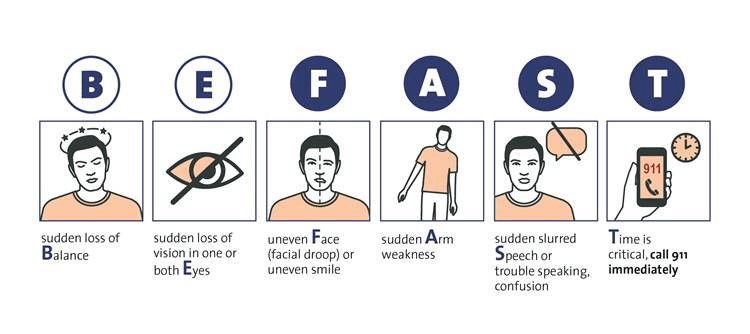1. Only 10% of patients get to full recovery.
2. tPA only fully works to reverse the stroke 12% of the time.
3. No protocols to prevent your 33% dementia chance post-stroke from an Australian study.
4. Make neuroplasticity repeatable on demand.
5. Make neurogenesis repeatable on demand.
6. Solve spasticity, Ignore Dr. William M. Landaus' pronouncements on this.
7. Solve fatigue.
8. Solve aphasia.
9. 100% recovery for ALL survivors.
10. No way to compare your stroke hospital results vs. other stroke hospitals.
http://www.alzheimersweekly.com/2017/05/the-good-news-is-80-of-strokes-can-be.html
New York - In the United States, someone has a stroke every 40 seconds. Strokes – 80 percent of which are caused by a blood clot that blocks blood flow to the brain – are medical emergencies that require immediate attention. The earlier a stroke is recognized and treated, the greater the chance of recovery and avoiding damage that often leads to vascular dementia. In recognition of Stroke Awareness Month, NewYork-Presbyterian is sharing information on stroke risk and prevention.
Continued below video...
 As part of its commitment to advancing stroke care, NewYork-Presbyterian now operates a Mobile Stroke Treatment Unit (MSTU).
The MSTU is an emergency vehicle specially designed to provide
immediate, specialized care(not results) to patients who may be having a stroke. The
vehicle is equipped with stroke care specialists, a computed tomography
(CT) scanner and medications for treating stroke patients on-site. (But we won't tell you how many patients get 100% recovered from tPA being delivered in the ambulance, because the efficacy is so bad)
As part of its commitment to advancing stroke care, NewYork-Presbyterian now operates a Mobile Stroke Treatment Unit (MSTU).
The MSTU is an emergency vehicle specially designed to provide
immediate, specialized care(not results) to patients who may be having a stroke. The
vehicle is equipped with stroke care specialists, a computed tomography
(CT) scanner and medications for treating stroke patients on-site. (But we won't tell you how many patients get 100% recovered from tPA being delivered in the ambulance, because the efficacy is so bad)“The most effective method in saving a stroke victim’s life is to diagnose and treat immediately after a stroke occurs,” says Dr. Matthew Fink, neurologist-in-chief and chief of the Division of Stroke and Critical Care Neurology at NewYork-Presbyterian/Weill Cornell Medical Center and the Louis and Gertrude Feil Professor and chairman of the Department of Neurology at Weill Cornell Medicine. “The MSTU rapidly brings a neurologist and advanced technologies of an emergency room directly to the patient, offering state-of-the-art care that is only moments away.”
No comments:
Post a Comment